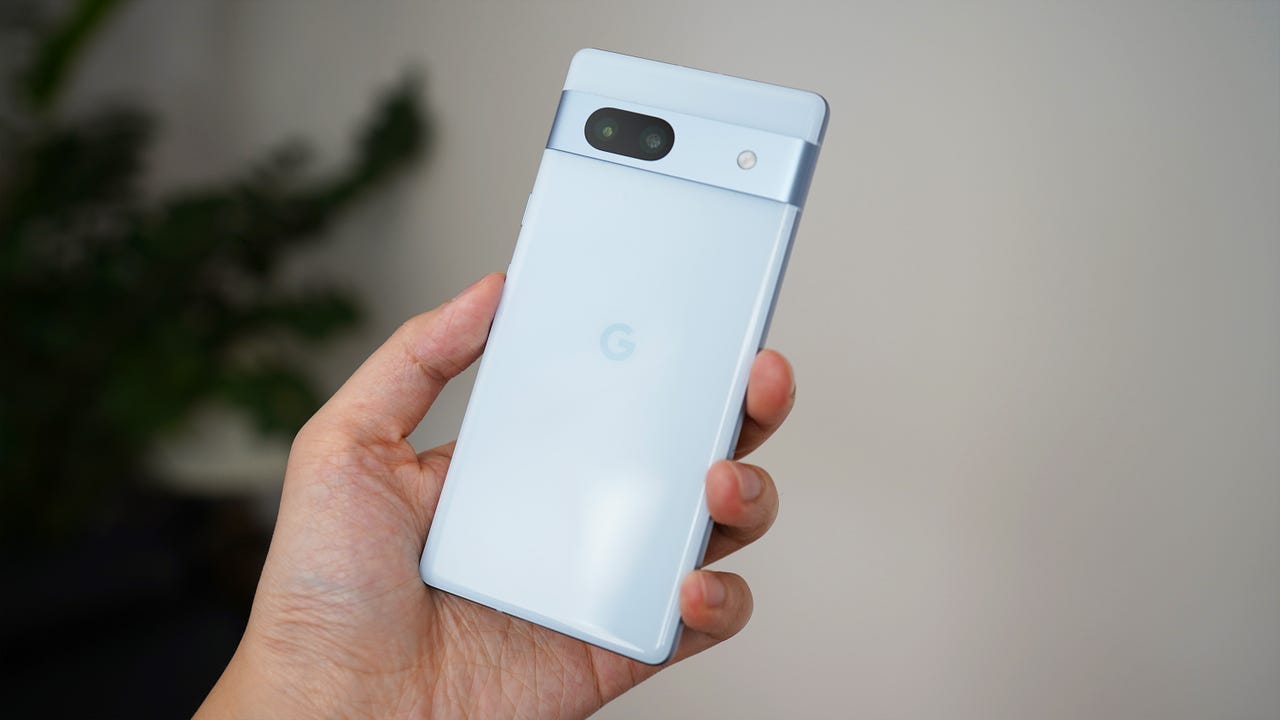'ZDNET Recommends': What exactly does it mean?
ZDNET's recommendations are based on many hours of testing, research, and comparison shopping. We gather data from the best available sources, including vendor and retailer listings as well as other relevant and independent reviews sites. And we pore over customer reviews to find out what matters to real people who already own and use the products and services we’re assessing.
When you click through from our site to a retailer and buy a product or service, we may earn affiliate commissions. This helps support our work, but does not affect what we cover or how, and it does not affect the price you pay. Neither ZDNET nor the author are compensated for these independent reviews. Indeed, we follow strict guidelines that ensure our editorial content is never influenced by advertisers.
ZDNET's editorial team writes on behalf of you, our reader. Our goal is to deliver the most accurate information and the most knowledgeable advice possible in order to help you make smarter buying decisions on tech gear and a wide array of products and services. Our editors thoroughly review and fact-check every article to ensure that our content meets the highest standards. If we have made an error or published misleading information, we will correct or clarify the article. If you see inaccuracies in our content, please report the mistake via this form.
Google Pixel phones have a secret button. Here's how to find it (and use it)

The Google Pixel's minimal approach to Android has never won any awards for native customization and configurability; not with the likes of Samsung's One UI and OnePlus' OxygenOS in contention.
That's why I'm always excited when I discover useful features tucked within tabs and tabs of settings, hardly utilized or just never known by most people.
Also: The Pixel 8 could bring back a buzzword that was once the talk of the tech industry
One of those features is a hidden button by the name of Quick Tap. You won't see it looking around your Pixel phone, and it's not some software-based, floating button on the screen, either. Instead, through the Pixel's gyroscope and accelerometer, Quick Tap is triggered when you double-tap the back of the device.
The best part is Quick Tap is mappable to a specific function or any app you'd like. Here's the breakdown of how to find the feature, customize it, and put it to use.
How to use Quick Tap on the Google Pixel
1. Compatible devices
Due to the hardware requirements for Quick Tap to work, the feature is available on Google Pixel models starting from the Pixel 4a 5G. That includes the just-released Pixel Fold.
2. Finding the Quick Tap setting
To access Quick Tap, open up Settings and scroll down to System > Gestures. Then, go to Quick Tap to start actions. The page will display an animation of how to use the feature and a list of what you can activate, including taking a screenshot, opening Google Assistant, playing or pausing media, showing notifications, and opening a desired app.
Also: How to make your Pixel phone automatically decline robocalls
Personally, I have Quick Tap set to turn on or off my flashlight.
3. Extra tips
At the bottom of the Quick Tap settings is a toggle to require stronger taps. This is ideal if you're often fumbling with your phone and afraid that you'll accidentally trigger your selected action.
You'll also have more success with Quick Tap if there's no phone case, kickstand, or wallet sleeve attached. I've been able to use the feature with a silicone case on my Pixel Fold, but anything thicker may require stronger taps, even if the toggle isn't turned on.
